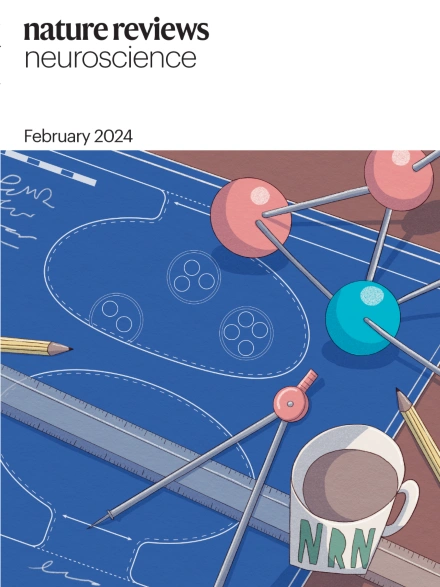脑回路在骨关节炎疼痛中的因果作用
IF 32.7
1区 医学
Q1 RHEUMATOLOGY
引用次数: 0
摘要
骨关节炎(OA)是导致全球慢性疼痛的主要原因,会造成严重残疾,给患者和社会带来沉重负担。OA 的主要症状是关节疼痛。尽管进行了广泛的研究,但针对 OA 疼痛的新疗法仍然有限,部分原因是缺乏对潜在疼痛机制的了解。长期以来,OA 疼痛被视为关节层面痛觉活动的反映,而大脑则被视为此类信息的被动接受者。在这篇综述中,我们将对这些概念提出质疑,并讨论随着时间的推移,外周痛觉感受器的激活如何导致大脑的适应,从而决定了 OA 疼痛的特性和体验。这些适应进一步受到大脑固有特性的影响。我们回顾了区分疼痛与痛觉的一般概念,提出了关节损伤与 OA 疼痛体验之间不协调的证据,并回顾了对 OA 疼痛感知至关重要的大脑回路。最后,我们提出了一个将痛觉、脊髓机制和中枢神经系统动力学融为一体的模型,它们各自对疼痛的感知做出独特的贡献。这一框架有望为个性化治疗策略的开发提供参考。本文章由计算机程序翻译,如有差异,请以英文原文为准。


The causal role of brain circuits in osteoarthritis pain
Osteoarthritis (OA) is a leading cause of chronic pain worldwide, resulting in substantial disability and placing a substantial burden on patients and society. The hallmark symptom of OA is joint pain. Despite extensive research, new treatments for OA pain remain limited, partly owing to a lack of understanding of underlying pain mechanisms. For a long time, OA pain was seen as a reflection of nociceptive activity at the joint level, and the brain has been viewed as a passive recipient of such information. In this Review, we challenge these concepts and discuss how, over time, the activation of peripheral nociceptors leads to adaptations in the brain that dictate the properties and experience of OA pain. These adaptations are further influenced by the inherent properties of the brain. We review general concepts that distinguish pain from nociception, present evidence on the incongruity between joint injury and experience of OA pain, and review brain circuits that are crucial in the perception of OA pain. Finally, we propose a model that integrates nociception, spinal-cord mechanisms, and central nervous system dynamics, each contributing uniquely to pain perception. This framework has the potential to inform the development of personalized treatment strategies. This Review discusses how pain in osteoarthritis might involve adaptations of brain circuits, and suggests that osteoarthritis pain management should consider targeting central mechanisms of pain in addition to nociceptive neuron activity.
求助全文
通过发布文献求助,成功后即可免费获取论文全文。
去求助
来源期刊

Nature Reviews Rheumatology
医学-风湿病学
CiteScore
29.90
自引率
0.90%
发文量
137
审稿时长
6-12 weeks
期刊介绍:
Nature Reviews Rheumatology is part of the Nature Reviews portfolio of journals. The journal scope covers the entire spectrum of rheumatology research. We ensure that our articles are accessible to the widest possible audience.
 求助内容:
求助内容: 应助结果提醒方式:
应助结果提醒方式:


